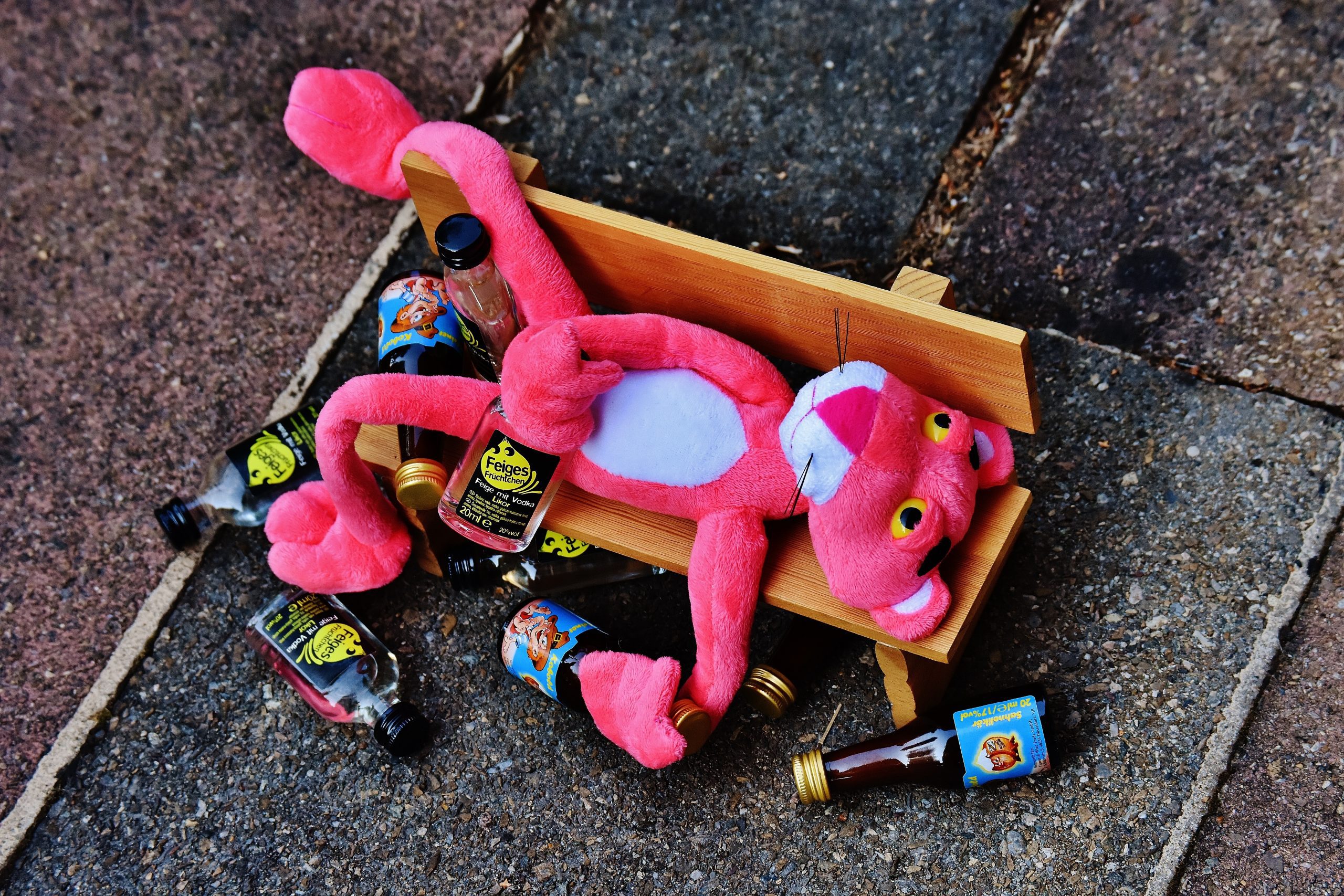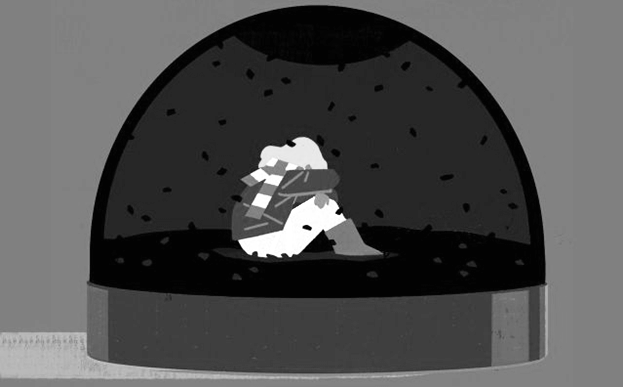When is enough, enough?
The use of drugs, alcohol and other substances is a much-debated topic in our society: how much can I drink before I am not fit enough to drive? Is there such a thing as controlled use of drugs? Will smoking cannabis automatically lead me to other drugs?
The Diagnostic and Statistical Manual of Mental Disorders, Fifth Edition (DSM-V) acknowledges that not everybody who uses substances, such as alcohol and drugs including cannabis, opioids and cocaine, at some point in their life, will automatically develop a disorder related to the substance use because not everybody is equally vulnerable. Some people may have lower levels of self-control than others, making them more prone to develop substance use disorders or other disorders related to their substance use.
So how do we decide if our substance consumption is or has become a problem? When do we know that enough has become enough? I refer once again to the DSM-V since it highlights 11 different criteria which help us decide where we stand in terms of our substance use.
- Taking more than we planned or wanted to;
- Wanting to stop or reduce, but somehow not managing to;
- Spending a lot of time and energy in trying to obtain the substance, using it and/or recovering from its effects;
- Wanting the substance at all cost – experiencing very strong cravings for it;
- Not being able to concentrate on our work, or studies, or at home;
- Continuing to use even when we know that our consumption is causing problems in our relationships;
- Making the substance our number one priority and giving up on other important social, occupational and recreational activities;
- Keep using even when we know the substance is putting us in some kind of danger;
- Keep using even when our substance use is causing us physical and/or psychology problems;
- Increasing how much we are taking because the amount we were used to originally is not giving us the desired effect anymore;
- Needing to take the substance in order to feel physically and/or psychologically ‘normal’ (withdrawal symptoms).
Seeing how many of the above criteria describes our substance use gives us a clear indication of how much of a problem we may have. For instance, if two or three of the above criteria apply to us, then our substance use may be mild, but if we tick more than six, than we may have a more serious problem.
Wherever we are at in terms of our substance use, it is important to be honest and true to ourselves. If we happen to enjoy a drink or four, or tend to use other substances to get high, then we need to take a look at these criteria, and with hand on heart, state to ourselves where we stand in terms of our consumption. If we believe that we may be nearing or have crossed the line, then it may be time to do something about our behaviour. We may choose to change our patterns, speak to a trusted friend or seek professional help – whatever it is, it is time to take action and not remain passive!
Stephanie Caruana is a counsellor at Willingness. She offers counselling services to adolescents and adults experiencing some form of distress. She can be contacted on stephc@willingness.com.mt or call us on 79291817.






